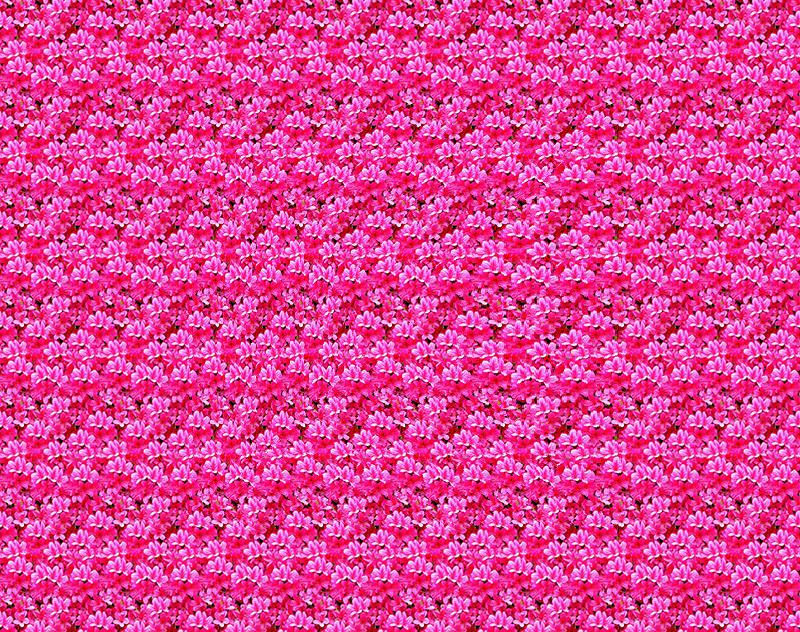Given a tiled background and a depth map, both of the same dimension, I tried to produce a stereogram using the following codes which was adopted from the method given by Simon Woods, but in a simplified way. However, there are defects in the outcomes. What is wrong in the codes?
depMap = Import["https://i.sstatic.net/RvZZT.jpg"]; flower = Import["https://i.sstatic.net/9vmBl.jpg"]; {wid, hei} = ImageDimensions[flower] imData = ConstantArray[{0, 0, 0}, {hei, wid}]; imc = ImageCrop[flower, {32, hei}, Right]; exflower = ImageData[ImageAssemble[{flower, imc}]]; shift = Round[32 ImageData[depMap]] ; For[r = 1, r <= hei, r++, For[c = 1, c <= wid, c++, imData[[r, c]] = exflower[[r, c + shift[[r, c]]]]]]; Image[imData] Depth map: (800x632)  Tiled background:
Tiled background: (800x632)  Outcome: A pyramid of flowers is expected, but instead there are a triangular stack and a triangular hole.
Outcome: A pyramid of flowers is expected, but instead there are a triangular stack and a triangular hole. 



Accumulatewhich I don't see in your implementation. $\endgroup$Accumulateseems for they positionshifting, but the outcome was much unexpected when I put it on theshiftcalculation. $\endgroup$Accumulatewas there. In your code here you are shifting each pixel relative to the background, so for every "hill" in the 3D profile you will get a matching "hole" one tile to the right. $\endgroup$